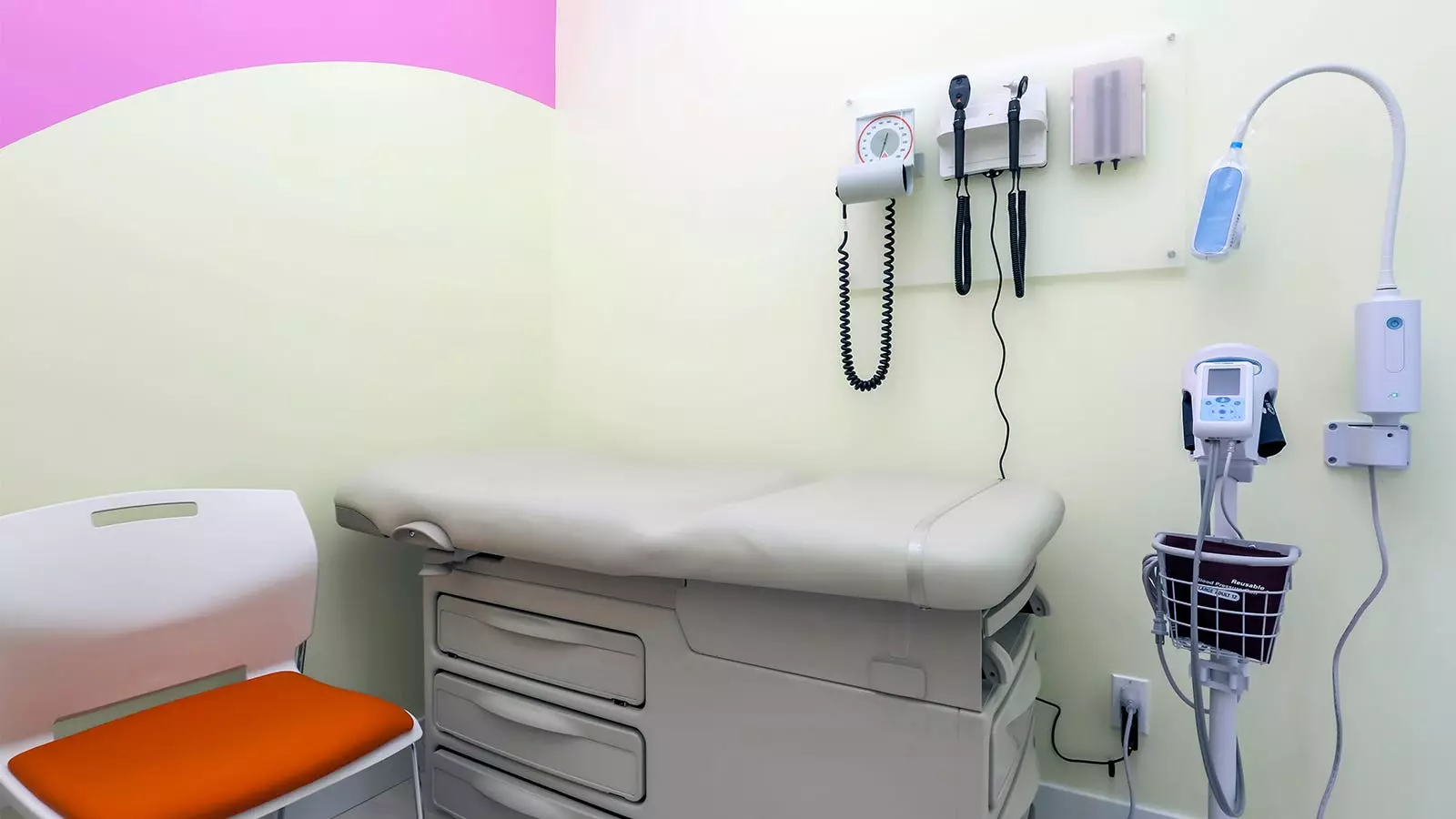The contemporary approach to patient check-ups has significantly transformed, especially with the rise of digital health records and quality measurement systems. Today, the visit routinely commences with the physician logging into a computer, entering personal credentials, and meticulously ticking off an extensive checklist of quality measures. These measures, dictated by insurance providers, are more than mere guidelines; they dictate the financial outcomes for healthcare professionals based on their perceived quality of care. However, this reliance on metrics often overshadows the fundamental purpose of these consultations: nurturing a meaningful and empathetic relationship between patient and provider.
With the onset of the quality measures initiative, which saw the Centers for Medicare & Medicaid Services (CMS) implement a staggering 788 different quality metrics by 2020, the clinical encounter often resembles a choreographed performance rather than a genuine dialogue. Physicians may find themselves locked in a cycle of rote questions—from verifying vaccinations to screening for mental health issues—rather than engaging in authentic conversations that could uncover underlying emotional or health concerns. Questions deeply rooted in personal connection, such as inquiries about an individual’s life circumstances or familial relationships, frequently take a backseat. This mechanical interaction leaves little room for compassion, ignoring the fact that listening is a crucial component of quality care that is glaringly absent from the metrics.
While the implementation of quality measures serves the purpose of enhancing preventive healthcare, ensuring timely vaccinations and screenings, this structured approach often ends up being counterproductive. Physicians, under immense pressure to fulfill these criteria, may inadvertently sidestep the more nuanced and pressing issues that a patient might face. Each patient is unique, and their needs cannot be encapsulated solely by a checklist. In many cases, the examination room is not just a site for clinical assessments but a sanctuary for trust and relationship-building—a critical aspect that could be compromised in the clamor of checklists and metrics.
The intrusion of technology, particularly through mandated electronic health records (EHR), exacerbates the situation. These systems, while beneficial in some respects, frequently hinder the fluidity of patient interactions. Physicians lament that these records often become cumbersome tasks rather than ensuring effective documentation and communication. As a result, doctors might feel a disconnection from their core duty: providing attentive, compassionate healthcare.
Despite the complexities surrounding quality measures, there are pathways to establish a more harmonious coexistence between quantitative evaluations and compassionate care. One potential solution involves encouraging healthcare practices to delegate the responsibility of quality measures to support staff. Through pre-visit preparations, reminders via text or email, and proactive outreach initiatives, these team members could efficiently handle the checklist items without compromising the doctor-patient interaction during visits.
In my practice, we are exploring ways to enhance patient engagement by utilizing digital communication outside of appointments to address quality measures. Not only does this proactive approach allow physicians to focus on what truly matters during consultations, but it also empowers patients by enabling them to take initiative in their own health management. While the influx of messages may initially feel overwhelming, it paves the way to reduce the more intrusive interruptions faced during appointments.
Insurance providers, including private entities as well as public programs like Medicare and Medicaid, must also play a pivotal role in reforming the quality measure landscape. By recognizing and rewarding the holistic aspects of patient care—such as communication skills, clinical assessment abilities, and attention to emotional well-being—the focus can shift toward a more balanced evaluation of a physician’s performance. Moving from a fee-for-service model to a more comprehensive payment framework that encompasses the entirety of a patient’s care needs could liberate providers from the constraints of checklists.
Moreover, as the largest insurer in the United States, CMS has the opportunity to lead a revolution in healthcare metrics by promoting innovative policies that emphasize patient-centered care. By valuing qualities that enhance the patient experience and addressing less tangible aspects of health concerns, we can truly transform the dynamics of healthcare delivery.
The essence of medicine extends far beyond the confines of measurable outcomes. It is an art that thrives on personal connections, understanding, and the ability to navigate sensitive discussions. To reclaim the sacred space of the exam room, physicians must advocate for thoughtful changes in how quality measures are implemented. This means resisting the urge to default into checklist mentality and instead, fostering an environment where patients feel valued and heard. In doing so, we can shift the narrative from mere compliance and profitability to true quality care that prioritizes the individual needs of our patients.


Leave a Reply